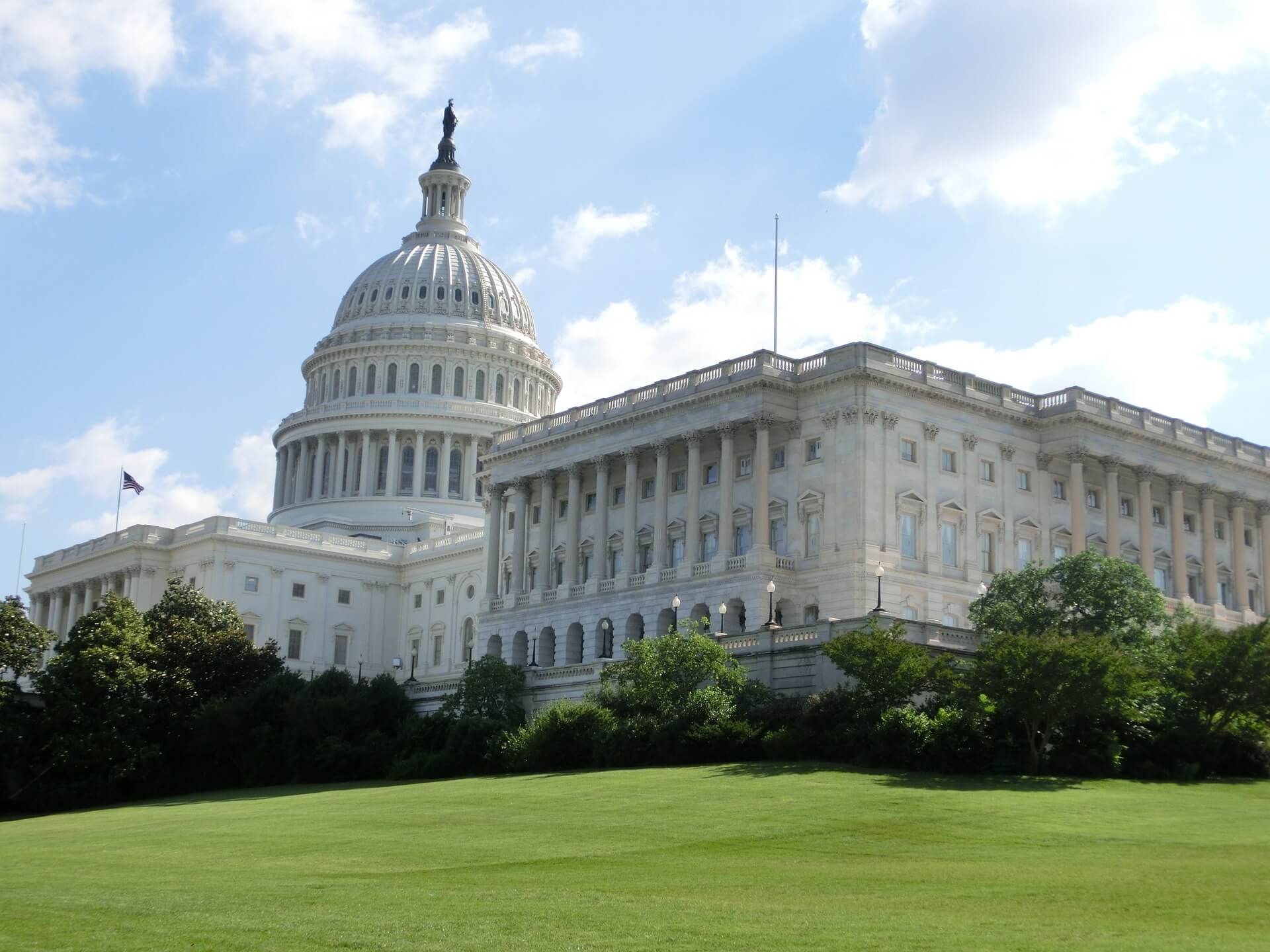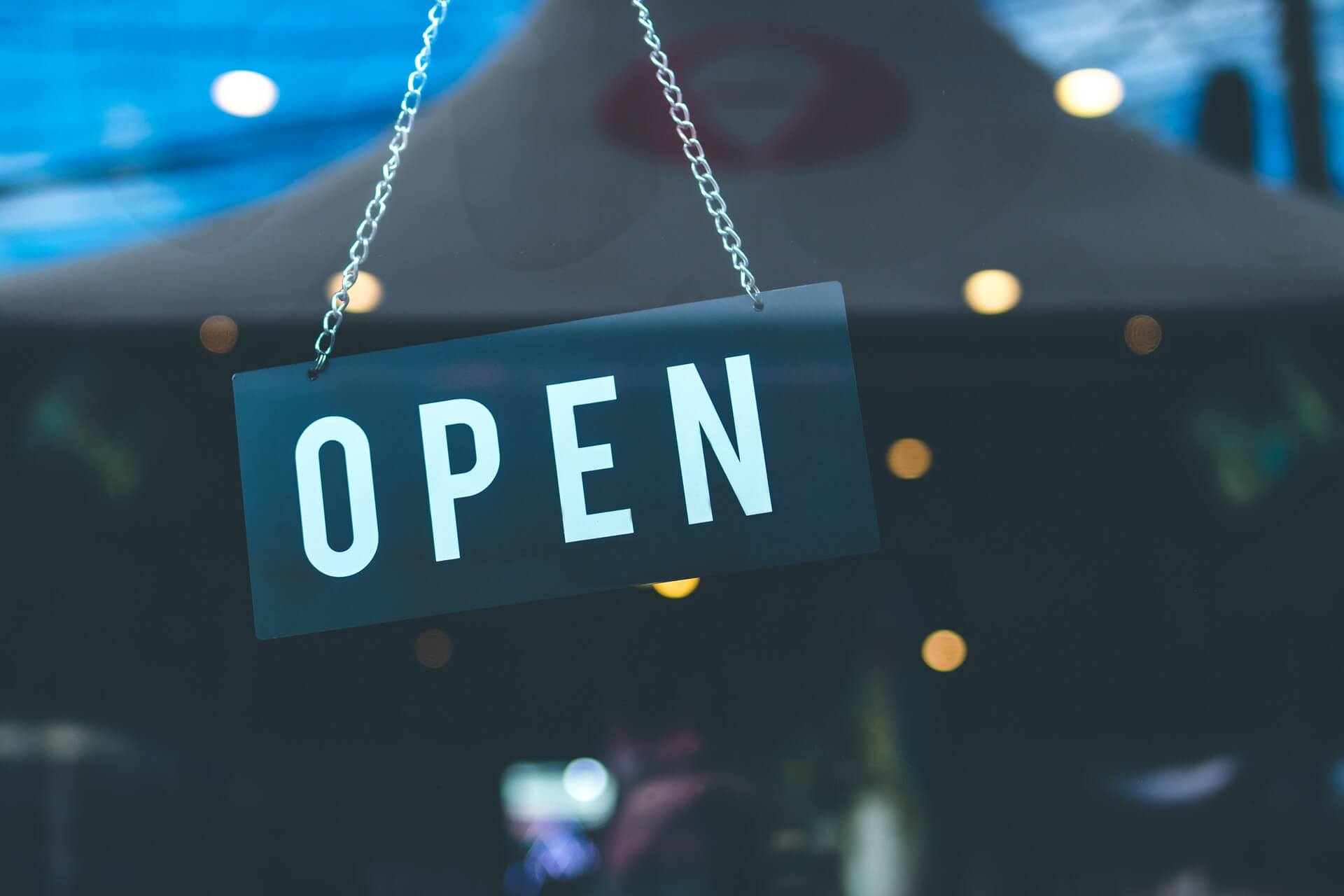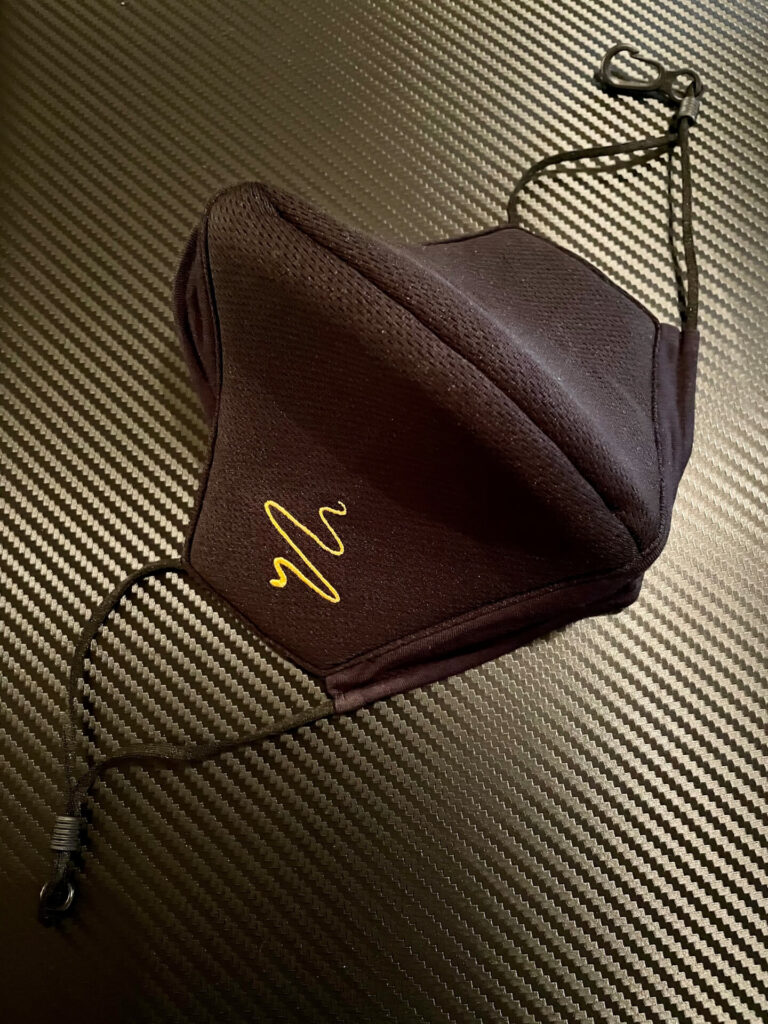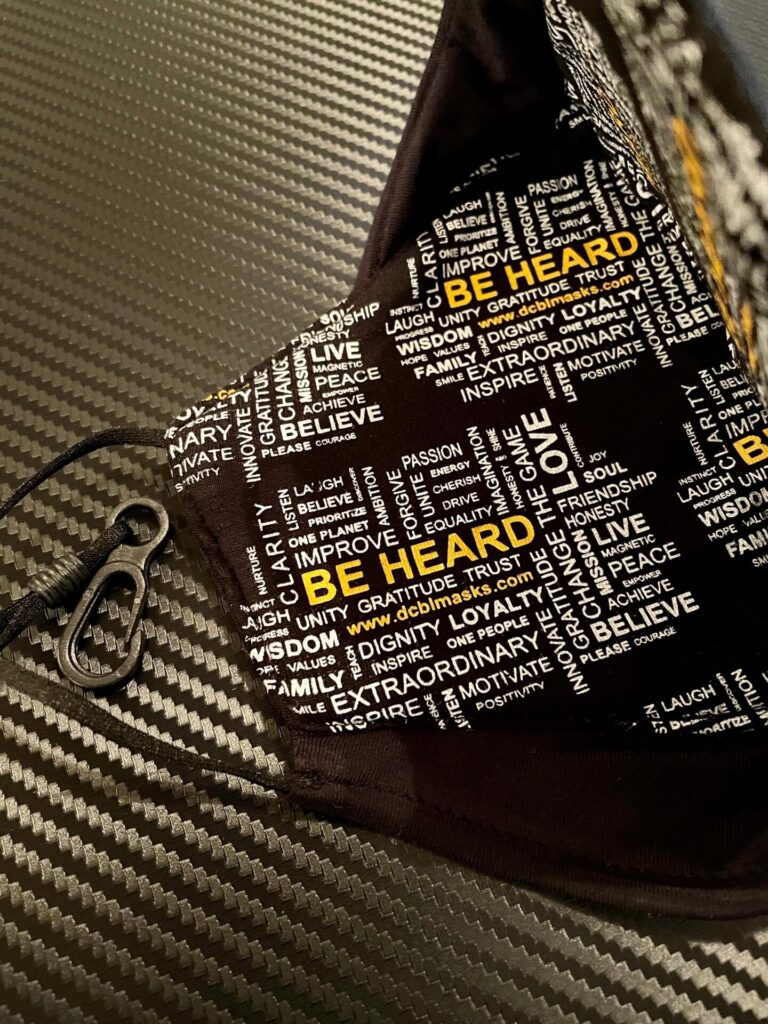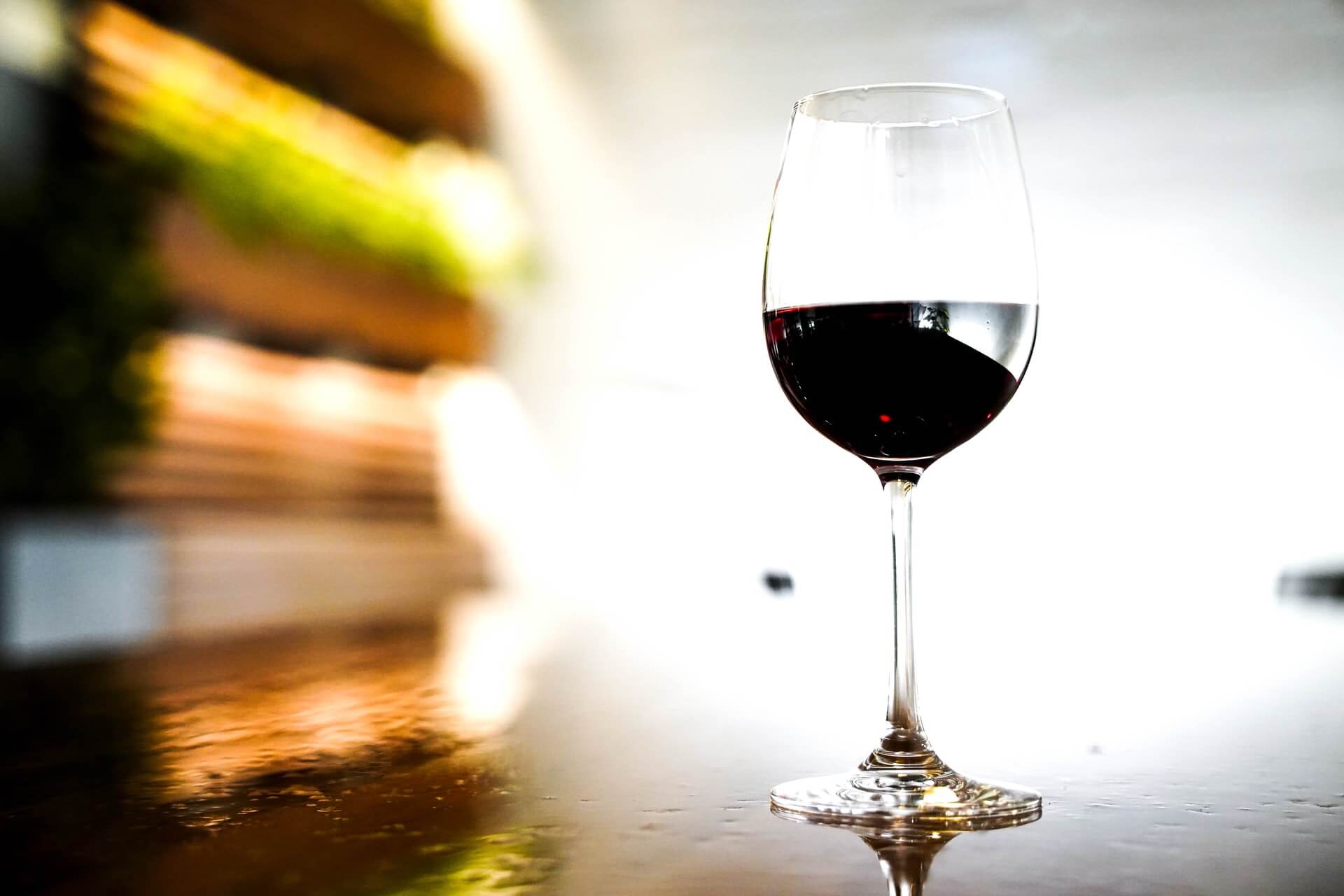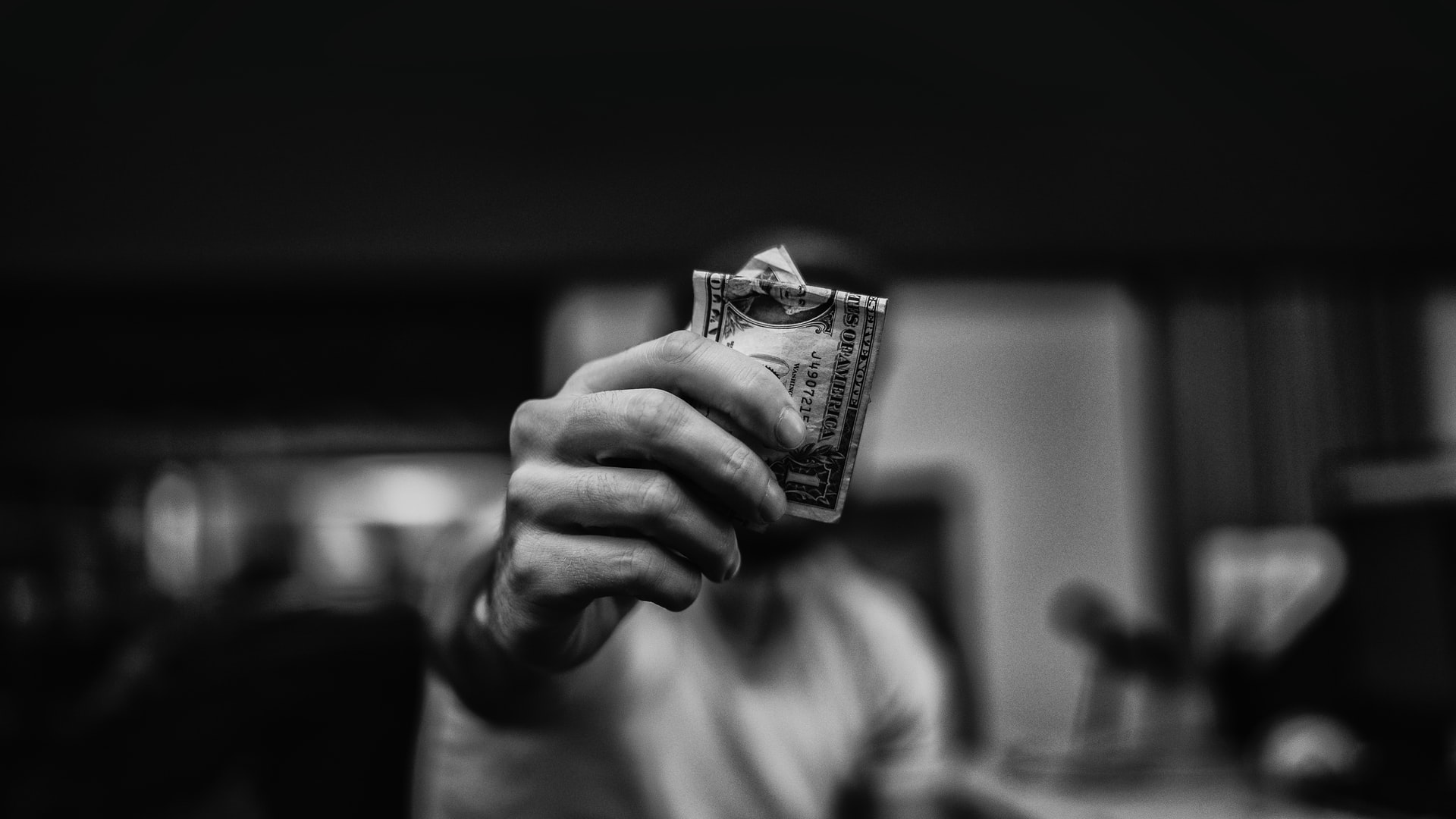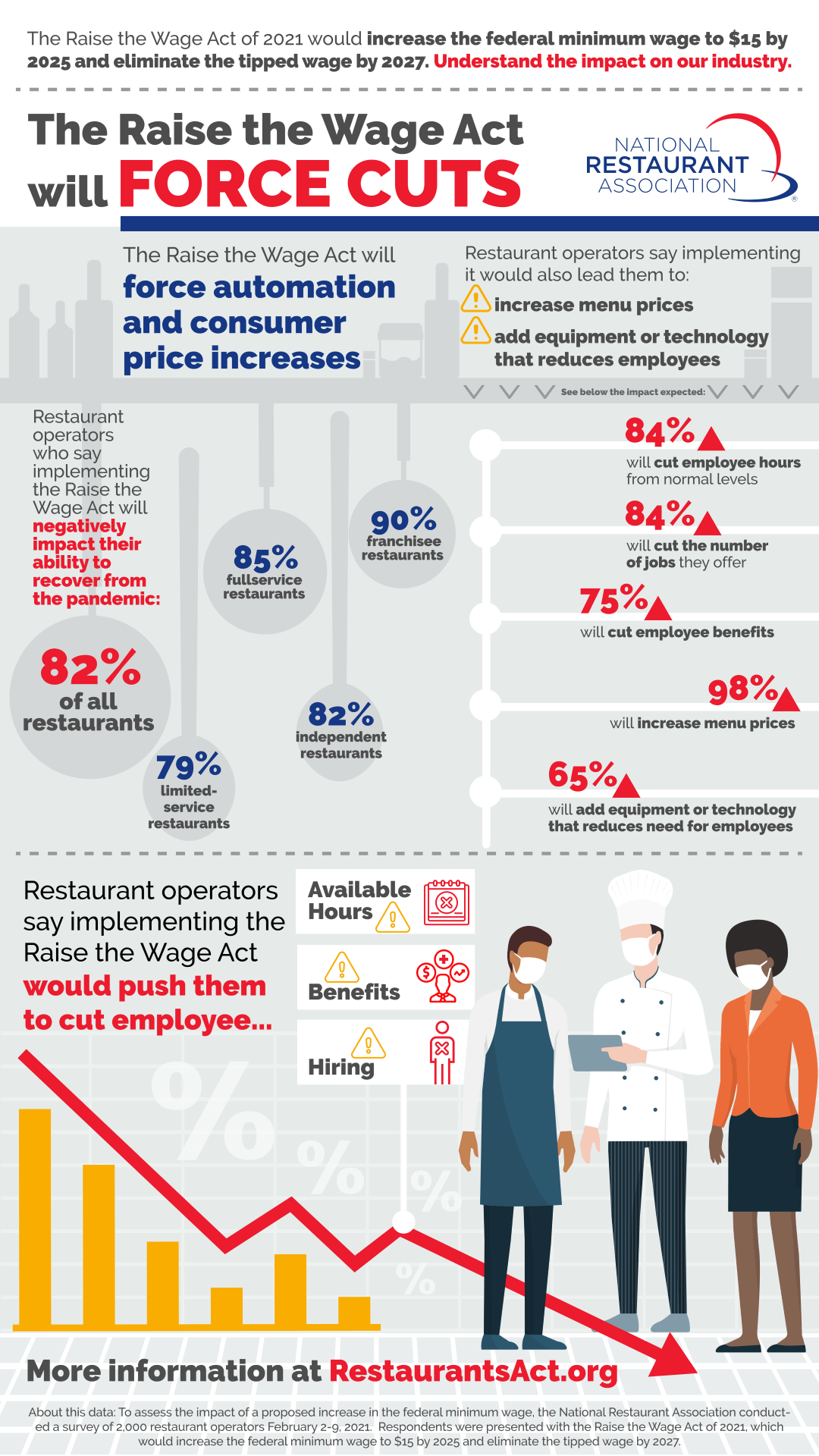What’s in the Senate Relief Package?
by David Klemt

As expected, the Senate version of the latest Covid-19 relief bill is different from the one passed by the House.
The changes will require the bill to be kicked back to the House, adding to the pressure to get relief to Americans before March 14.
Things may change but below are some of the differences between the two versions.
$15/hour Minimum Wage
This provision is dead in both houses of Congress.
That should come as no surprise as the boost to federal minimum wage was declared dead in the water by Senate Parliamentarian Elizabeth MacDonough even before the House voted on the American Rescue Plan Act.
According to reports, removing any and all language that raises federal minimum wage to $15 an hour is the biggest change between the House and Senate versions of ARPA.
Direct Payments to Americans
Chatter online indicates that Senate Democrats are in favor of a drastically lower threshold for $1,400 direct stimulus payments.
The House version of the American Rescue Plan Act of 2021 calls for $1,400 economic impact payments with the following parameters:
- Individuals earning an adjusted gross income (AGI) up to $75,000.
- Married couples earning an AGI up to $150,000.
- Payments phase out, reaching $0 for individuals earning AGI over $100,000 and married couples earning AGI over $200,000.
The Senate version calls for $1,400 payments to phase out entirely for individuals earning an AGI of $80,000 and married couples with an AGI of $160,000.
Restaurant Revitalization Fund
Let’s be honest, this is why you’re here. Is the RRF safe?
There’s nothing that shows the $25 billion fund is in danger from the Senate. That said, there’s one threat to ARPA in general, “minor” as it may be: game-playing politicians.
Unsurprisingly, Republicans view ARPA as too expensive, too favorable of Democrat’s priorities, and insufficient for addressing the reopening of businesses, schools, and fighting Covid-19.
Those concerns in and of themselves aren’t akin to playing games, nor are they invalid. Vote-a-rama, however, is a time-wasting stalling tactic that allows senators to propose literally hundreds of amendments to a bill. The time limit for vote-a-rama? There isn’t one—it lasts until senators get tired or bored.
Speaking about a coordinated plan to engage in vote-a-rama, Senator Rand Paul (R-KY), said he’s “hoping for infinity. There are people talking about trying to set up a schedule and having it go on and on.”
Take Action
Americans simply do not have time for politicians on any side of the aisle to play games. Good-faith negotiations are one thing, delay tactics that last for “infinity” are another.
We’re still in the midst of a pandemic, people are unable to pay their bills, they’re going hungry, and business owners and their employees are suffering.
It seems some politicians have made up their minds and are committed to dragging out the process of passing ARPA and the RRF contained within but we still have our voices. Follow this link to tell your representatives to pass ARPA and RRF now.
Enough games, enough delays, more action.
Image: GO Educational Tours from Pixabay

